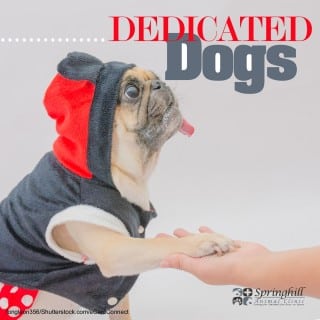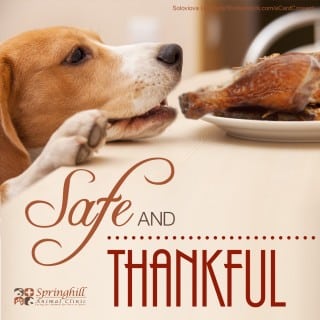Like many other disease names, white line disease (WLD) is a misnomer since the white line is not involved in the affliction. Characterized by progressive hoof wall separation, WLD actually occurs in the non-pigmented horn of the hoof typically involving the toe and quarters.
An opportunistic disease, it is the result of pathogens taking advantage of a compromised hoof wall and deteriorating portions of it. If caught early, the disease is very manageable. The earliest signs of the onset of WLD are a seedy-looking toe, little cavities in the white line, heat in the foot and an increasingly flat foot. As the disease progresses, the hoof wall may become chipped, shelly or weak, a slowing of hoof wall growth might be observed, tapping the outer hoof wall with a hammer may produce a hollow sound and lameness may develop. Treatment options will depend on the severity of the deterioration once it is discovered, often during routine hoof trimming, but nearly all treatments involve debridement of the infected hoof wall which has proven to be very effective in treating WLD. Additionally, we may recommend a hoof supplement that contains biotin, therapeutic shoeing and, if the horse is not in pain and is comfortable moving around, a light exercise program of some sort to increase blood circulation as these will promote hoof growth. As the hoof grows out, the affected area will continue to require debridement and treatment. An appropriate shoeing schedule should be maintained to ensure continued improvement. Often this schedule is set at four-week intervals, but your horse’s unique situation may require more or less frequent shoeing. In most cases, recovery to full soundness is the prognosis, although the treatment term may take up to 10 months since the undermined hoof wall will need to grow out.
Prevention of WLD is difficult since an exact cause is unknown. However, taking steps like keeping your horse’s hooves trimmed regularly and well-balanced will prevent tearing of the hoof wall where fungi and bacteria can invade. Keeping hooves clean and dry will also minimize the risk, as will ensuring that farrier’s tools are disinfected between horses. Catching small problems before they become big problems is key to minimizing the effects of WLD.



